Smartler - Smartler
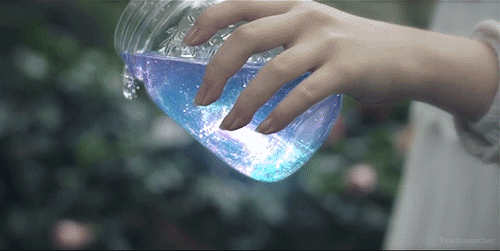
More Posts from Smartler and Others






Micro fungi of Australia | images by Stephen Axford
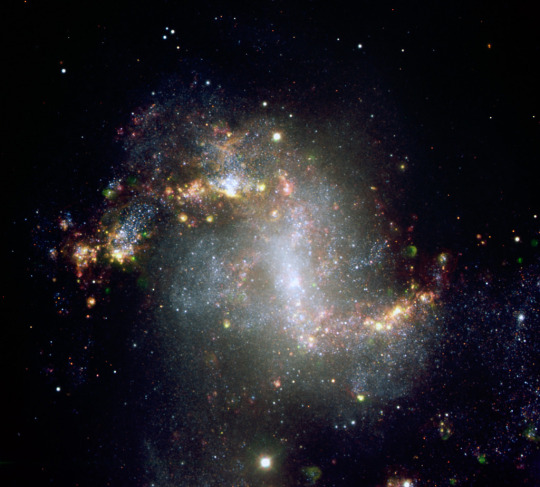
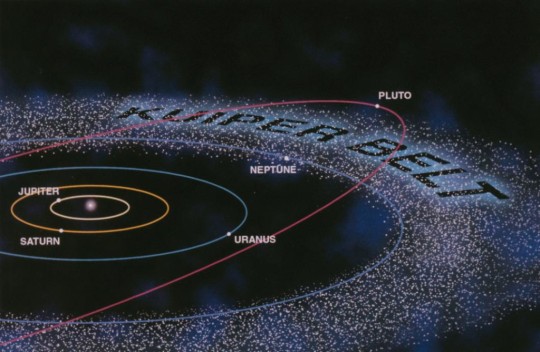
oldie but goodie
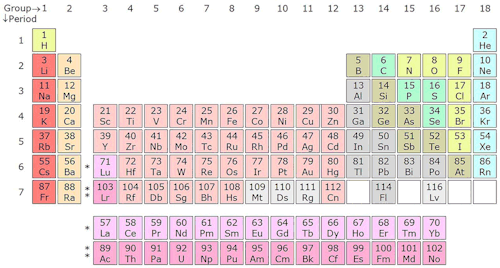
Scientists in Japan, Russia and the US have discovered four new elements, which means the seventh row of the Periodic table is finally filled!! WAY TO GO SCIENCE!!

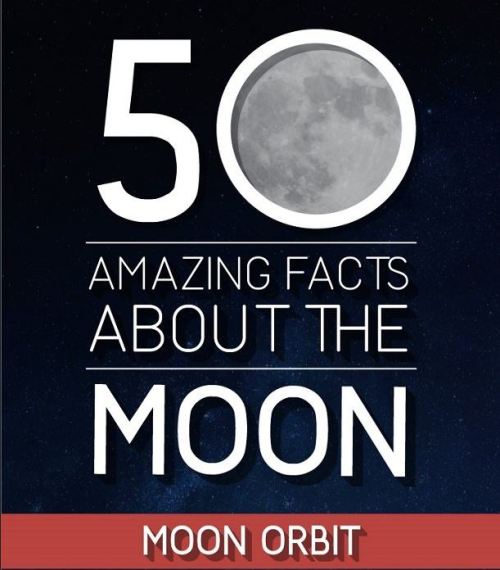
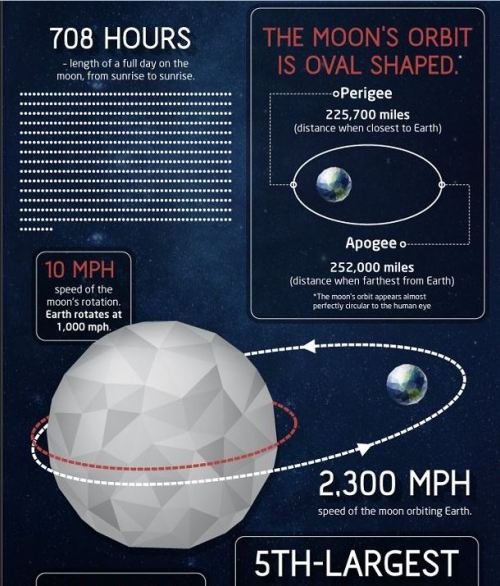
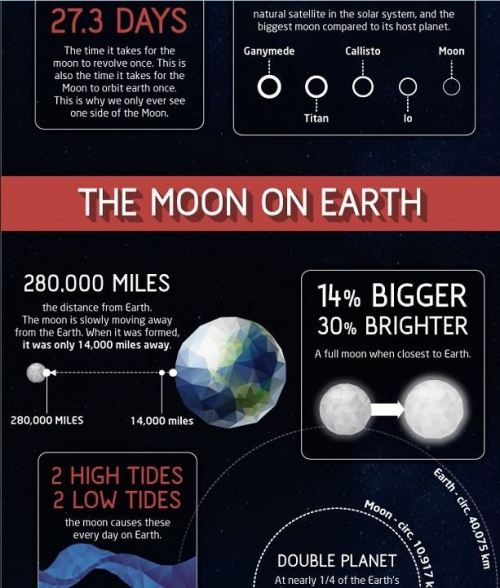
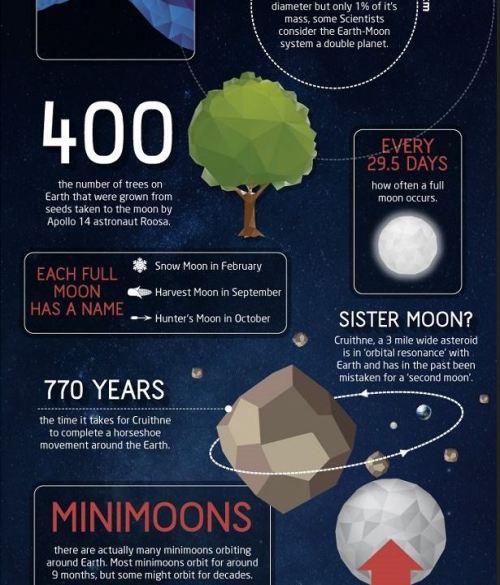
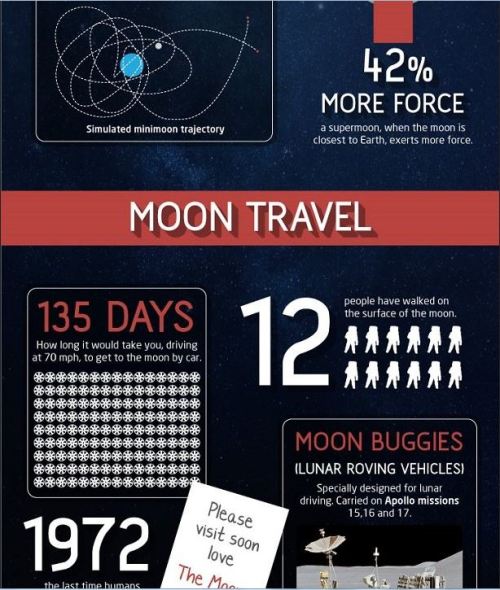
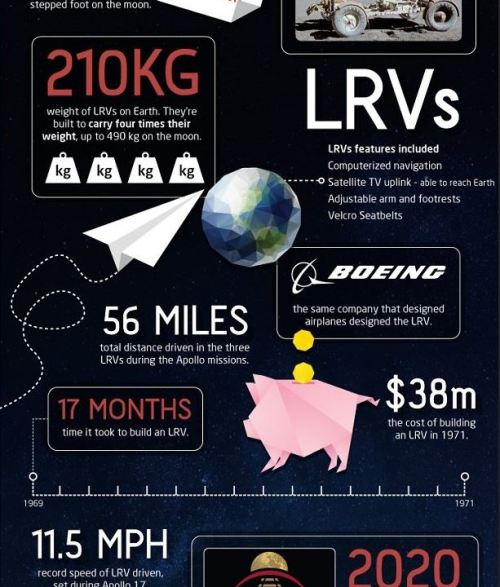
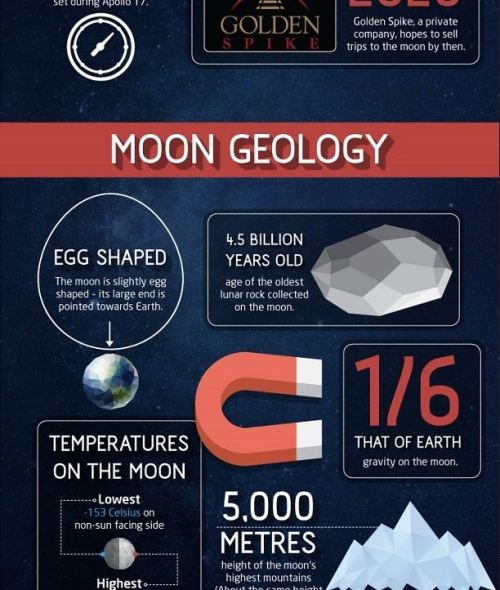
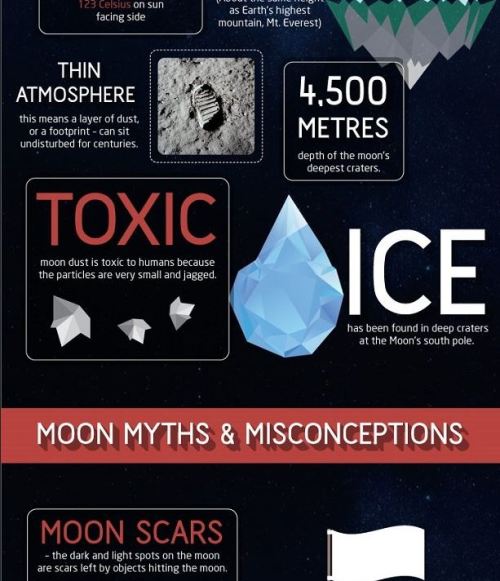
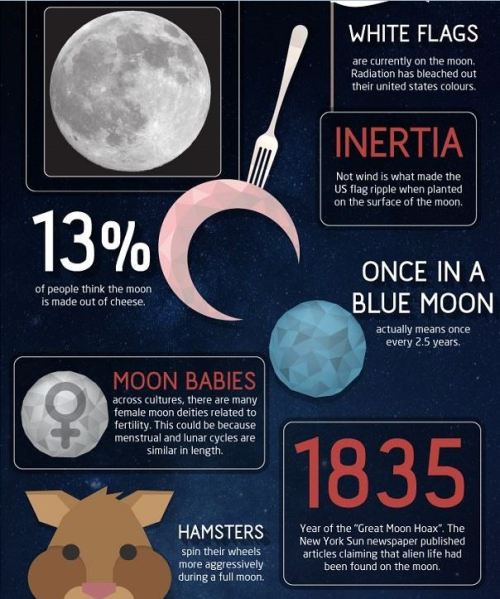
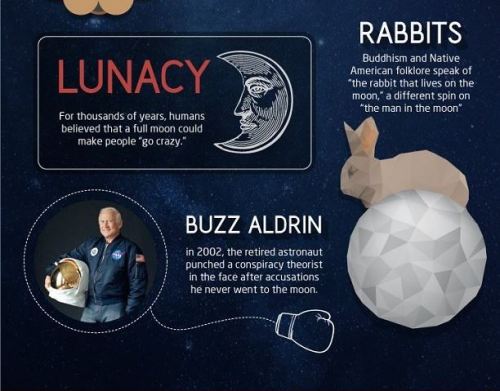
50 Amazing Fact About the Moon
(Source)
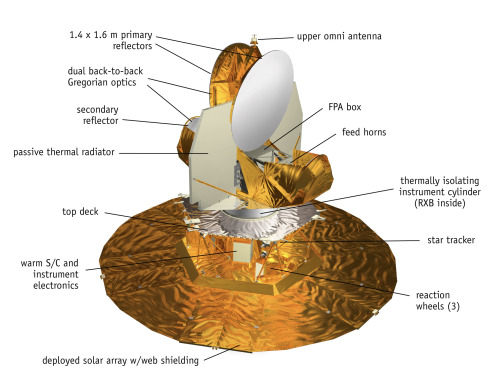
The WMAP only had a 9 year mission. It was deactivated October 28, 2010 after 9 years, 1 month and 19 days in space collecting data to help Scientists make some of the most awesome discoveries in the last several decades of mankind.
http://astronomyisawesome.com/universe/the-age-of-the-universe/
Reblog If You Can Take Off Your Bra Without Taking Your Shirt Off.
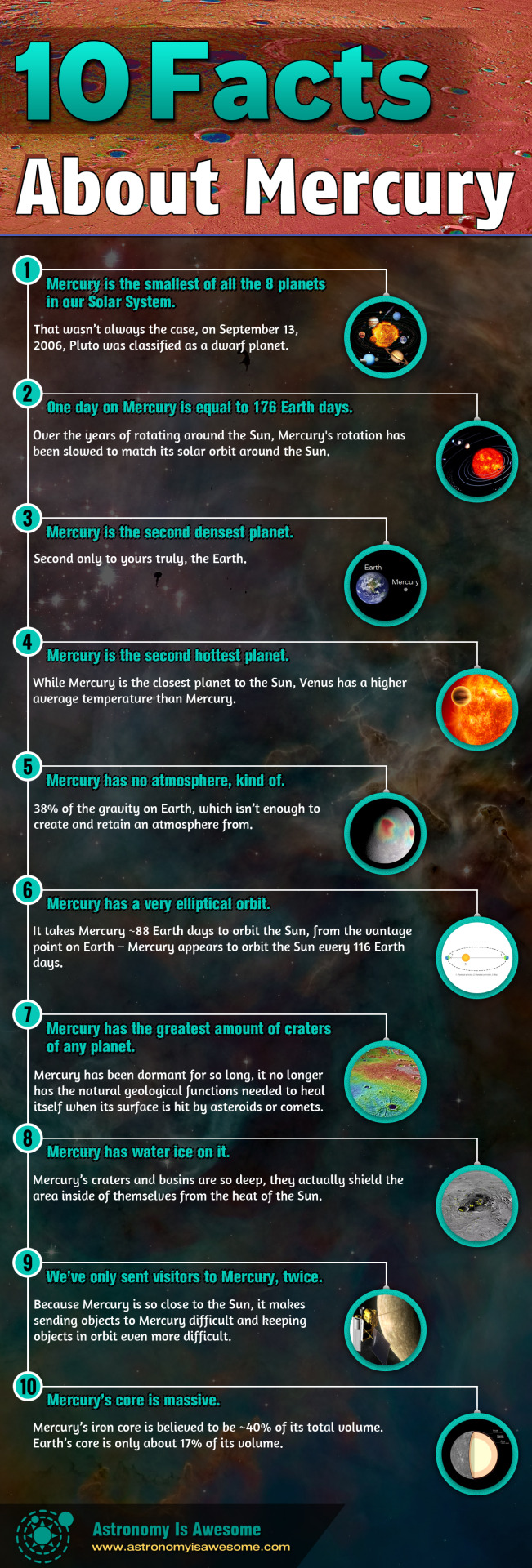
Check out our 10 Facts About Mercury #Infographic!
http://astronomyisawesome.com/infographics/10-facts-about-mercury/
With #Mercury being the closest planet to the Sun, it’s very difficult to send spacecraft there to visit it, gather information and relay that back to us here on Earth. Nonetheless, we compiled all we know into this awesome infographic!
Chasing Storms at 17,500mph
Flying 250 miles above the Earth aboard the International Space Station has given me the unique vantage point from which to view our planet. Spending a year in space has given me the unique opportunity to see a wide range of spectacular storm systems in space and on Earth.
The recent blizzard was remarkably visible from space. I took several photos of the first big storm system on Earth of year 2016 as it moved across the East Coast, Chicago and Washington D.C. Since my time here on the space station began in March 2015, I’ve been able to capture an array of storms on Earth and in space, ranging from hurricanes and dust storms to solar storms and most recently a rare thunder snowstorm.
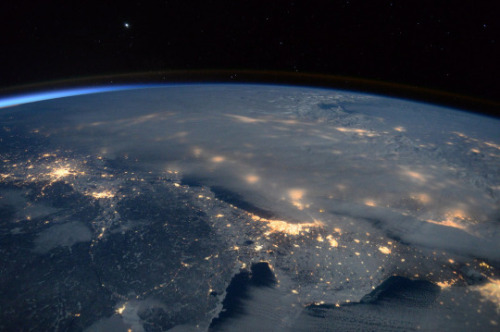
Blizzard 2016
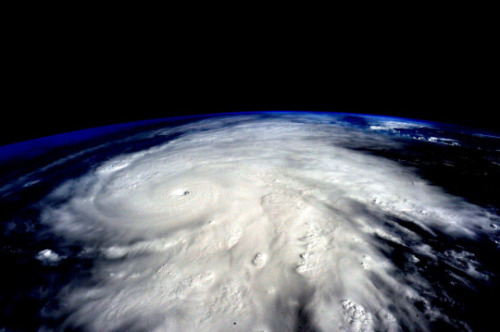
Hurricane Patricia 2015
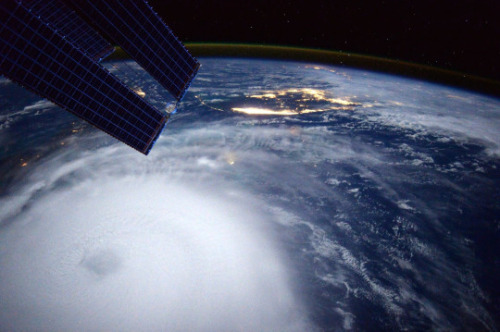
Hurricane Joaquin 2015
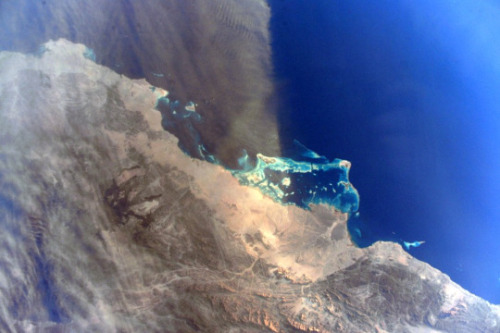
Dust Storm in the Red Sea 2015

Dust Storm of Gobi Desert 2015
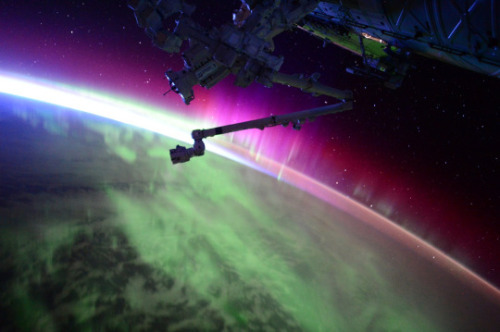
Aurora Solar Storm 2015
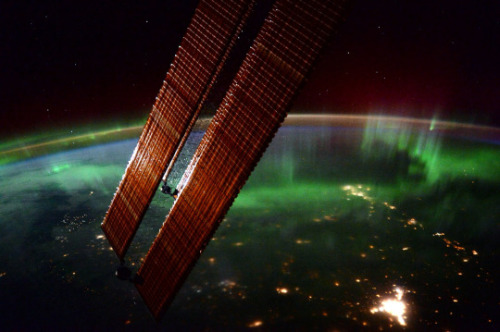
Aurora Solar Storm 2016
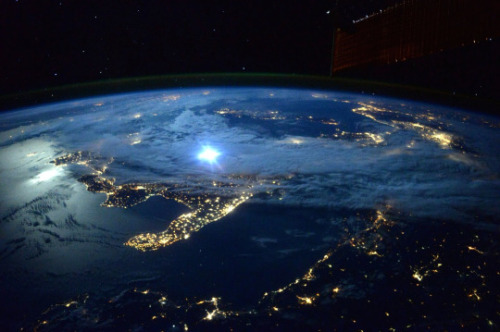
Thunderstorm over Italy 2015
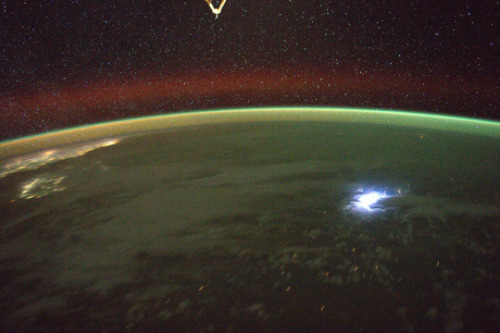
Lightning and Aurora 2016
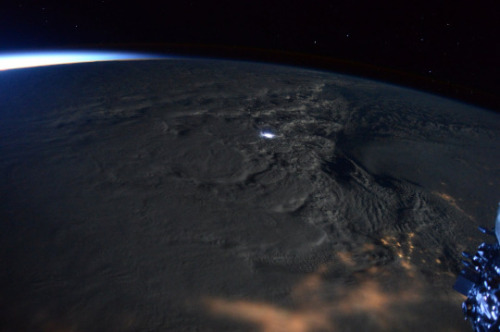
Rare Thunder Snowstorm 2016
Follow my Year In Space on Twitter, Facebook and Instagram.
-
 omgherbalicious liked this · 9 months ago
omgherbalicious liked this · 9 months ago -
 theabyssalmeme reblogged this · 2 years ago
theabyssalmeme reblogged this · 2 years ago -
 caprinoinfernal liked this · 3 years ago
caprinoinfernal liked this · 3 years ago -
 saint-fraudulence reblogged this · 4 years ago
saint-fraudulence reblogged this · 4 years ago -
 prospering-pup reblogged this · 4 years ago
prospering-pup reblogged this · 4 years ago -
 senkaizero liked this · 4 years ago
senkaizero liked this · 4 years ago -
 guppy9818 liked this · 4 years ago
guppy9818 liked this · 4 years ago -
 lysinite liked this · 4 years ago
lysinite liked this · 4 years ago -
 joeymojica reblogged this · 4 years ago
joeymojica reblogged this · 4 years ago -
 joeymojica liked this · 4 years ago
joeymojica liked this · 4 years ago -
 darkgawain liked this · 4 years ago
darkgawain liked this · 4 years ago -
 ethebatman reblogged this · 4 years ago
ethebatman reblogged this · 4 years ago -
 frogthecat liked this · 4 years ago
frogthecat liked this · 4 years ago -
 angelspurgatory liked this · 4 years ago
angelspurgatory liked this · 4 years ago -
 nightcorenocturne liked this · 4 years ago
nightcorenocturne liked this · 4 years ago -
 ethebatman liked this · 4 years ago
ethebatman liked this · 4 years ago -
 gatlingarnet liked this · 4 years ago
gatlingarnet liked this · 4 years ago -
 dahcreature liked this · 4 years ago
dahcreature liked this · 4 years ago -
 enderzorua36 liked this · 4 years ago
enderzorua36 liked this · 4 years ago -
 o-fxxk reblogged this · 4 years ago
o-fxxk reblogged this · 4 years ago -
 ravingsrandom reblogged this · 4 years ago
ravingsrandom reblogged this · 4 years ago -
 somethingdegrees reblogged this · 4 years ago
somethingdegrees reblogged this · 4 years ago -
 sirpollo205 liked this · 4 years ago
sirpollo205 liked this · 4 years ago -
 akairink liked this · 4 years ago
akairink liked this · 4 years ago -
 froidthefucker96 reblogged this · 4 years ago
froidthefucker96 reblogged this · 4 years ago -
 mimiyanna liked this · 4 years ago
mimiyanna liked this · 4 years ago -
 jester-egbert reblogged this · 4 years ago
jester-egbert reblogged this · 4 years ago -
 portalstriker liked this · 4 years ago
portalstriker liked this · 4 years ago -
 srthunda liked this · 4 years ago
srthunda liked this · 4 years ago -
 skating-jellyfish reblogged this · 4 years ago
skating-jellyfish reblogged this · 4 years ago -
 cutiesncantrips liked this · 4 years ago
cutiesncantrips liked this · 4 years ago -
 amarlex liked this · 4 years ago
amarlex liked this · 4 years ago -
 honeymead liked this · 4 years ago
honeymead liked this · 4 years ago -
 lecter108 liked this · 4 years ago
lecter108 liked this · 4 years ago -
 valanora liked this · 4 years ago
valanora liked this · 4 years ago -
 dadimhungryy liked this · 4 years ago
dadimhungryy liked this · 4 years ago -
 youhavethewrong reblogged this · 4 years ago
youhavethewrong reblogged this · 4 years ago -
 fluorescentfries liked this · 4 years ago
fluorescentfries liked this · 4 years ago -
 jdididydog reblogged this · 4 years ago
jdididydog reblogged this · 4 years ago -
 jdididydog liked this · 4 years ago
jdididydog liked this · 4 years ago -
 yandere-angela reblogged this · 4 years ago
yandere-angela reblogged this · 4 years ago -
 yandere-angela liked this · 4 years ago
yandere-angela liked this · 4 years ago -
 theshape0fpunktocome reblogged this · 4 years ago
theshape0fpunktocome reblogged this · 4 years ago -
 oceanmelon liked this · 4 years ago
oceanmelon liked this · 4 years ago -
 needlifeandfriends liked this · 4 years ago
needlifeandfriends liked this · 4 years ago -
 needlifeandfriends reblogged this · 4 years ago
needlifeandfriends reblogged this · 4 years ago